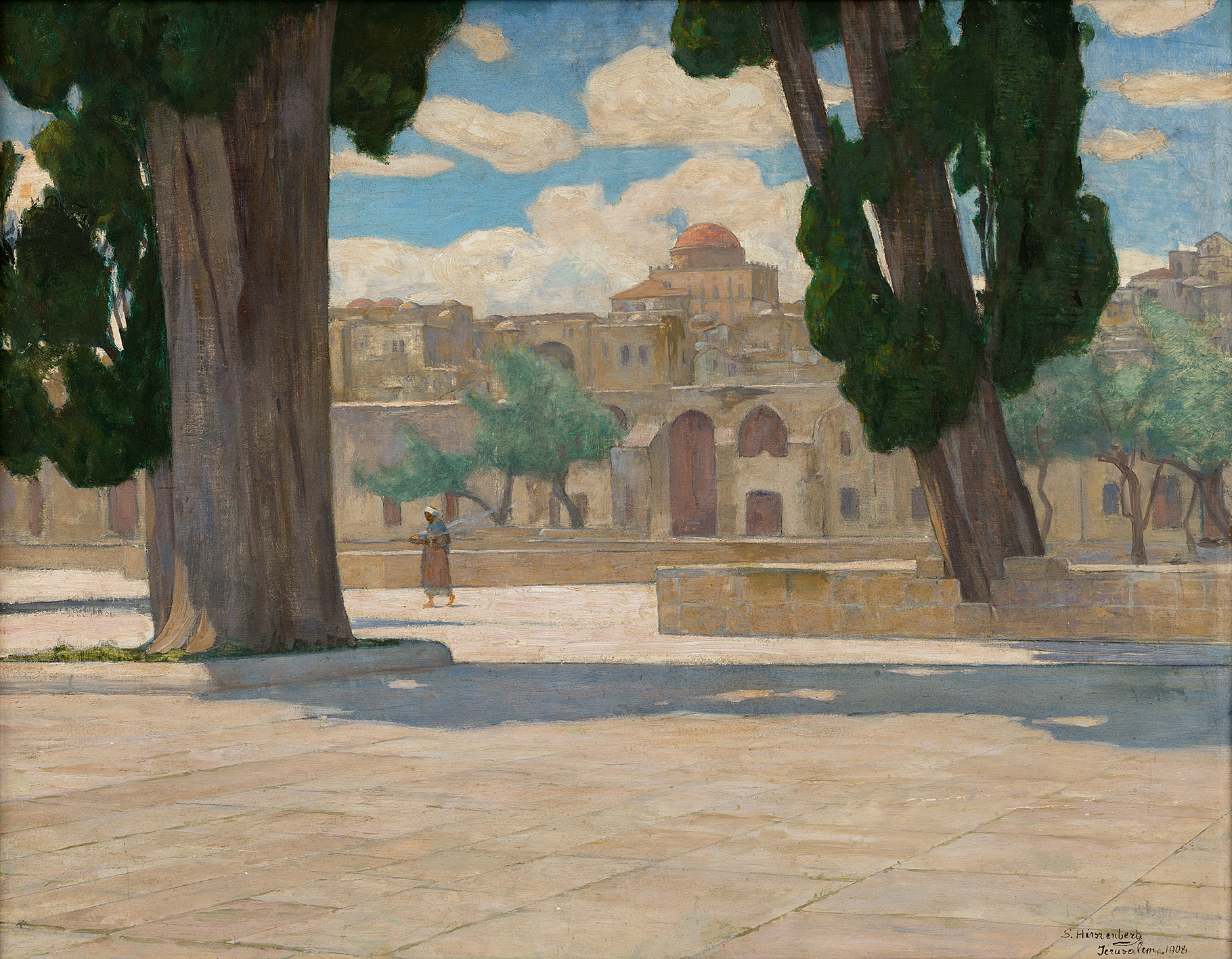
(Non) Place
In the Land of My Love
The place where Jews drive their wandering staff into the ground is always double. The staff driven like a stake into the land of Israel is simultaneously driven into a non-place, a voice, an idea, a book.
Zeli Gurevitz and Gideon Aran, “On the Place – Israeli Anthropology” (Zeli Gurevitz, On the Place, Am Oved, 2007)
Place and locality are shifting values in the Israeli discourse of identity. From its very inception, this discourse has revolved around the reciprocal relations between exile and return, wandering and settling, displacement and belonging. The Zionist project is predicated on the idea of the Jewish people’s return to the land of Israel, and on the aspiration to forge a local, native culture rooted in place and shaped by a sense of belonging. This ideal has been nourished by a history of migrations, and by a primal experience of distance and estrangement in relation to place. The Israeli experience is not based on a full and obvious identity between Israelis and their country. The discourse concerning the concreteness and significance of place, and our identity as its inhabitants, remains alive and restless, suffused with both longing and pain.
The Israeli place was thus shaped not only as the outcome of the Zionist project and as the climax of a (conflict-filled) history of immigration and settlement, but also as a continuation of the ancient Hebrew-Jewish conception of place. This conception was characterized throughout the generations by an ambivalent tenson between a utopian longing for a sanctified place (the Promised Land), and powerful reservations concerning the realization of this longing. The Hebrew-Jewish-Israeli experience of place has been formulated from antiquity to the present as a mythical, ambivalent experience moving between the poles of place and non-place, and characterized by a cyclical, recurrent movement of exile, wandering and return. In this tradition, place has also always persisted as an idea, an abstract concept in a process of continuous definition.
This pendulum movement between longing and realization, between an abstract idea and its embodiment, between place and non-place, between the sacred and the profane, is reflected in the various strains of Israeli art, which are interwoven with the meta-narrative of the Israeli place in the course of the 20th century: in the first decades of the century, the birth of local Jewish painting was marked by a focus on the local landscape in the works of founding artists such as Reuven Rubin, Nahum Gutman or Ziona Tagger. They represented a romantic image suffused with Orientalist charm, a Western gaze at the East that distilled the aspiration to belong to it. In the lyrical abstractions of the New Horizons group, which acquired a hegemonic status in Israeli art in the mid-20th century, painters such as Yosef Zaritsky and Yehezkel Streichman found in the local climate and light the key to an abstract painterly language that combined local and universal qualities. Other artists forged original connections between abstract ideas from the near or distant past and the nascent present: Itzhak Danziger, for instance, included in his oeuvre images from native cultures or from ancient Near Eastern cultures; Arie Aroch borrowed motifs from his childhood home, creating a bold connection between the Jewish tradition and avant-garde art, while Mordechai Ardon formulated a mystical, symbolic language that entertains a close affinity with the Jewish past. Years later, Moshe Gershuni’s expressive language brought together symbols, images and texts from Jewish culture with constitutive Zionist texts.
Minimalism, abstraction and conceptualism became the dominant strains in the art of the 1960s and 1970s, as is evident, for instance, in the work of Aviva Uri, Michal Gross, Raffi Lavie, Michael Druks and Tamar Getter. These trends tied a “poor,” ascetic materiality to the appearance of the Israeli urban sphere and to abstract values, such as the native Israeli ethos or the non-material dimension of the Jewish tradition – an aesthetic that the curator Sara Breitberg-Semel defined as “the poverty of matter.” The process of disillusionment and disintegration following the Yom Kippur War, and the abandonment of the pioneering Zionist ethos in favor of the values associated with consumer culture, have since given rise to multiple points of view and modes of representation in Israeli art. The work of numerous artists, from Tsibi Geva to Gal Weinstein, Gilad Ophir and others, represents a disillusioned, direct and often dismal perspective. This injured and dystopic vision reveals the marks, defects and sins that have been imprinted on the place by the land’s lovers and ruiners.
Roni Cohen-Binyamini
Main image: Shmuel Hirschenberg
The Tiferet-Israel Synagogue, The Temple Mount

